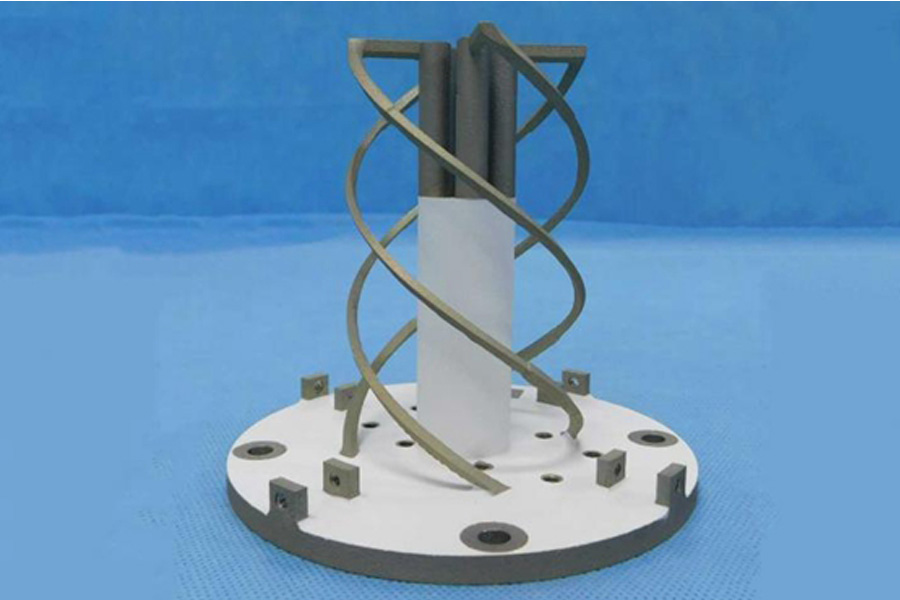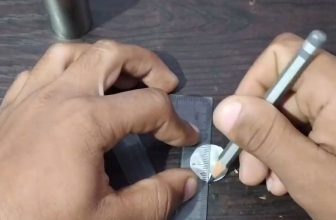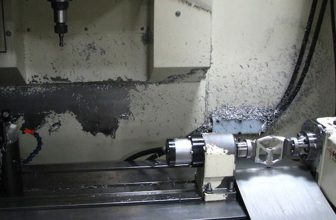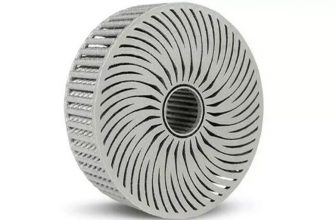
Researchers based in the UK are looking at using 3D printing to create low-cost multiple-input multiple-output (MIMO) antennas for 5G communication systems. These proposed MIMOs manufactured using 3D printing can transmit light beams in multiple directions without using phase shifters to provide continuous real-time coverage. In addition, they can operate on the 28 GHz 5G frequency band, and their wide bandwidth performance exceeds 4 GHz.
Therefore, the researchers found that due to the use of 3D printing, these antennas provide a low-cost option for realizing 5G and millimeter wave applications. In addition, 3D printing also simplifies complex design choices, which can change the direction of the antenna beam and increase its directivity.
Advantages of 3D printed antennas
The researchers first outlined the upcoming 5G standardization currently being implemented in most countries/regions. 5G wireless technology is a major improvement over current technology, which is expected to increase the overall system capacity by hundreds of times, and increase overall system throughput with higher spectrum and energy efficiency, while minimizing system delay. 5G will be introduced in countries/regions with the following millimeter wave (mm-wave) frequency bands: 24 GHz to 29.5 GHz, 37 GHz to 42.5 GHz, 47.2 GHz to 48.2 GHz, and 64 to 71 GHz.
How 3D printing has become an effective manufacturing process for designing antennas, and has been used to produce antennas for various applications in different frequency bands from microwaves to terahertz frequencies. According to China 3D Printing Network, the use of 3D printing to provide antenna solutions has many advantages, such as the realization of complex shapes at low cost. “
In fact, companies such as the European Space Agency (ESA) have adopted 3D printed antennas in their PROBA-3 space missions. The antenna was 3D printed by the Spanish engineering technology group SENER and the Advanced Aviation Technology Center (CATEC). In addition, researchers at the University of Delaware (UDEL) also use the XJet Carmel 1400 system to develop a new 5G antenna using 3D printing technology. Lunewave, an Arizona-based radar and antenna manufacturer, is a start-up company whose proprietary technology is entirely focused on 3D printed lens antennas. The company raised $5 million in seed funding in 2018.
3D printed MIMO antenna prototype
According to the researchers, the process of 3D printing antennas can be divided into two stages. First is the actual 3D printing process itself, and then the metallization process. The researchers explained that compared to low-cost electroless plating, using low-cost metallization techniques is more effective because it helps reduce the cost of 3D printed antennas, which is the main benefit of using additive manufacturing in the first place.
The MIMO antenna system uses multiple antennas, which helps increase the system link capacity. However, producing a MIMO system through a traditional manufacturing process requires high cost of system components. Therefore, the researchers recommend 3D printing MIMO antennas to limit the cost of producing the antenna, while also making the system more efficient and making the antenna steerable. The author explained: “We have proposed an innovative low-cost MIMO antenna for 5G millimeter wave base station applications. The MIMO antenna is manufactured using 3D printing technology. Compared with traditional antennas, it provides an overall lower cost to deliver innovations. Opportunities for complex antenna design. The proposed MIMO antenna is compact, low-cost, high-efficiency, high-gain, and uses novel technology instead of phased array technology to provide beam switching capabilities.”
The MIMO antenna prototypes developed for this research include 2×2 systems and 4×3 MIMO systems. In addition to reasonable price and high efficiency, these prototypes also have a beam switching function realized by 3D printing. Each MIMO antenna consists of two main parts: the feed structure and the radiating structure. The feeding structure is designed to couple electromagnetic energy to the surface of the radiating structure, which is the 3D printed part of the system and consists of a central slot surrounded by a rectangular cavity and two corrugations. Use Objet30 3D printer to 3D print the radiating structure, and then use jet metal (JMT) spray metallization process to metalize it. This involves coating a thin layer of silver on the 3D printed structure with a thickness of 2.5μm.
The beam steering mechanism present in 4 x 3 MIMO consists of 3D printed metallized walls on the side of the antenna. Depending on the height of the wall, the metallized wall helps to steer the beam in the desired direction while also increasing the gain of the antenna. This is caused by an increase in the increase in the wall height, which in turn causes the gain to rise to the saturation point.





